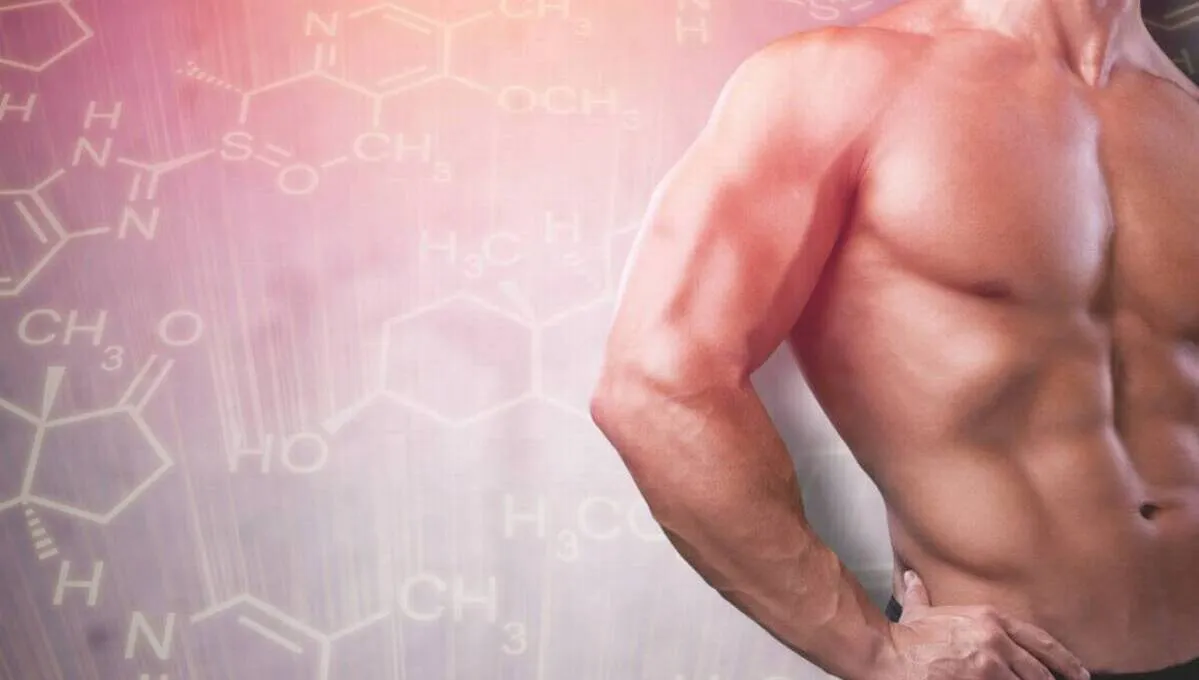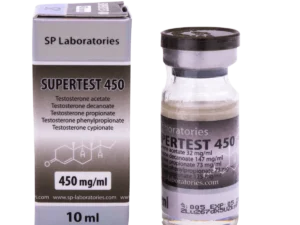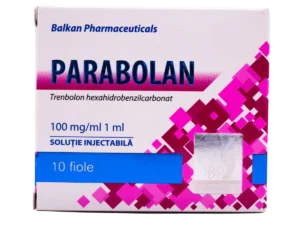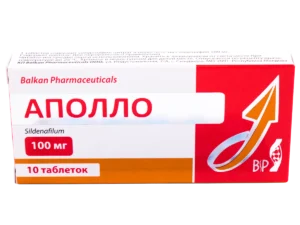Do you know what makes your muscles grow? Correctly, anabolic hormones. Let’s list: Testosterone, insulin, IGF-1 and growth hormones for muscle. So, from the point of view of any medical person, training with “iron” is a labor-intensive method of influence on own hormonal system, with the purpose of “pushing” more “growth” hormones from it. In fact, it is. Put it yourself, our body has only one way out: In response to athletic pressure, raise the secretion of all anabolic hormones. Active flow of hormones into muscles will cause muscle tissues to grow, muscles will become larger, and therefore stronger.
Meanwhile, physical exercise is not the only way to spur the work of hormonal glands.
There are other methods. IN particular, a special diet, food supplements and a full sleep. If all these “growth factors” are brought together, the set of muscle mass, understandable business, will be greatly accelerated. Here are some specific tips on the main anabolic hormones.
Testosterone
This hormone has the greatest potential. The problem is that it is being secretly influenced by a pile of factors, and increasingly worse. There are also poor nutrition, and rhythm disturbances “sleep-awake”, nervous overload, psychological stresses, harmful ecology, unsuccessful genetics, etc.
So, if you take a sample of measuring the testosterone level from different pumps, get a huge spread of values: From 1200 nanograms per blood deciliter (healthy!) up to 300 nanograms (sad!). By the way, the high level of testosterone is observed today only in units. Well, in order to “grow”, this hormone needs a lot, a lot …
It is worth emphasizing that in case of deficiency of fat does not help any most correct diet. Scientists put kachkov on a diet with an ideal ratio of proteins and carbohydrates, but the level of testosterone remained ultra-low until the diet was increased in good fat. As a result, it was precisely determined that the peak content of its “native” testosterone rocking has at 30% of the fat in its daily menu. AND if he was not lucky enough with genetics, that is, rezon add another 10%! In short, 40% is already a solid guarantee of full order with testosterone.
What will happen if more fat is pumped into itself? And nothing! The testosterone level, by contrast, will decrease.
Everyone knows that there are fats “healthy” and “unhealthy”. In fact, however, the situation is cloudy. The label often writes one thing, but the inside contains quite another. How to be? Experts advise that: Minimum fat in usual dishes, but in the morning you pour in a couple of spoons of linseed or hemp oil. Plus you buy capsules with fats “omega-3” in the pharmacy and twice a week “miss” on a portion of fairly fat salmon. But! Do not even look toward canned fish in oil. Oil there is not “fish”, but the cheapest, refined.
Growth hormone
This hormone is an animal thing in the sense of anabolic. It is enough to remember how teenagers are growing up: Month-to-another, and they are no longer recognized. Injections of synthetic GR confirm: “Pret! Yes, it’s like!” Maybe you will get some prunes! By no means! The growth hormone does not disassemble and grows everything in a row. Yes, you will be added to the muscles, but in the process will grow your cartilage. Well, imagine the 45-sized ears! Or huge nodal brushes like Dracula! By the way, our lower jaw is suspended on thick cartilaginous ligaments, which especially “love” to grow from growth hormone. So, if the face of the guy resembles the hat of the flattened nail (huge gall and a massive jaw of the piecantrope), it is immediately clear: He moved from THE COFFIN.
The second method is the reception of amino acids-stimulators. In the first place here – arginine in the company with lysine. Take one and a half grams of both. If after half an hour on the body there is pleasant warmth and drowsiness, then it worked. No? Add a little dose.
The insulinlike growth factor-1
This hormone is not so well studied by medicine, however, there is real evidence that the strength of the anabolism of the IGF-1 is much higher than testosterone. Those who took sports supplements with this hormone for a long time cry bitter tears. He grows everything in a row, but for some reason a special addiction has to the intestine. The cats become both bigger and thicker. AS a result, the figurative rocking acquires a typical beer puzo.
In short, and here is much more useful healthy methods of stimulation of secretion of IGF-1 by the same nutrition. Peak hormone secretion is observed when taking 2 g of protein per kilogram of your own weight. You will eat less, get less IGF-1.
Better, if the protein is animal: From milk, eggs, chicken, beef, fish. An excellent source of protein is powder serum protein. If there is money, take free amino acids.
Insulin
IT is the most difficult thing to DO WITH it. In theory, insulin “takes” glucose – “live” muscle energy. It would seem that more insulin is more energy. But no, the cells are not ready to take insulin as much as you like. AND then the surplus plays a completely bad role – turns blood glucose into subcutaneous fat.
It is well known that insulin is forced to release carbohydrates. If you think that, say, the more carbohydrates, the more insulin, you are mistaken. The whole thing is in the “quality” of carbohydrates. Sweets cause insulin falls to erupt directly. BUT, no matter how much you eat, the oithing causes a weak insulin secretion. Hence the conclusion: When your energy was exhausted to the limit (say, after training or at the end of the working day), it is better to take “sweet” carbohydrates. But at other times it is better to prefer sweets “moderate” carbohydrates – ovtanyu, vegetables, other porridge, pasta. IN general, your diet should be no more than 50% carbohydrates. This is a guarantee that insulin secretion will be optimal.
Natural ways to achieve AN ANABOLIC EFFECT
- At least 30% of calories from fat.
- Focus on the sources of useful fat (like plant food and fish).
- Take the linseed oil as a food supplement if your diet lacks useful fats.
- Eat at least 2 grams of protein per kg of your weight daily.
- Focus on low-fat protein sources (such as fish, soybeans, lean beef, chicken breast, low-fat cheese).
- Focus on foods rich in starch (such as beans, unrefined rice, lentils, potatoes, corn and oats).







